Consuming Packages in Software Development with Azure DevOps
Consuming packages involves integrating third-party libraries, frameworks, or tools into your application. This process typically involves downloading a package from a package source or repository (whether it's a public or private repository) and incorporating it into your project's build process. This can help you avoid "reinventing the wheel" by reusing code written by other developers or organizations.
In modern software development, the most common way to consume packages is through package managers that are specific to the language or framework you're working with.
Below, we'll explore how to consume packages across different programming languages and ecosystems.
1. Consuming Packages in JavaScript (npm)
Package Manager: npm (Node Package Manager)
Steps to Consume Packages Using npm
Install npm (if not already installed):
If you don't have Node.js (and npm) installed, you can download it from .
After installing, you can check the versions with:
xxxxxxxxxx21node -v2npm -vInitialize a Project:
If you don’t already have a project, create one using:
xxxxxxxxxx31mkdir my-app2cd my-app3npm initThis creates a package.json file, which contains the project metadata and dependencies.
Install a Package:
You can install a package using npm with the following command:
xxxxxxxxxx11npm install <package-name>For example, to install Lodash (a utility library):
xxxxxxxxxx11npm install lodashThis installs the package and adds it to the node_modules folder, and updates the package.json file's dependencies section.
Use the Package:
After installation, you can use the package in your project by requiring it:
xxxxxxxxxx21const _ = require('lodash');2console.log(_.isEmpty({})); // trueManaging Packages:
You can update, remove, or uninstall packages with commands like:
xxxxxxxxxx21npm update <package-name>2npm uninstall <package-name>Consume from Private Repositories:
If you're using a private repository, configure npm to point to that repository in your .npmrc file:
xxxxxxxxxx11npm set registry https://your-private-registry.com/2. Consuming Packages in Python (PyPI)
Package Manager: pip (Python Package Installer)
Steps to Consume Packages Using pip
Install pip (if not already installed):
pip is included with Python by default. You can check if it's installed with:
xxxxxxxxxx11pip --versionInstall a Package:
To install a package from PyPI (Python Package Index):
xxxxxxxxxx11pip install <package-name>For example, to install requests (an HTTP library):
xxxxxxxxxx11pip install requestsUse the Package:
After installing, you can import and use the package in your Python code:
xxxxxxxxxx31import requests2response = requests.get('https://jsonplaceholder.typicode.com/todos/1')3print(response.json())Managing Packages:
To check installed packages and their versions:
xxxxxxxxxx11pip listTo uninstall a package:
xxxxxxxxxx11pip uninstall <package-name>Consume from Private Repositories:
If you're using a private repository, specify the repository URL:
xxxxxxxxxx11pip install <package-name> --index-url https://your-private-repository.com/3. Consuming Packages in Java (Maven Central)
Package Manager: Maven
Steps to Consume Packages Using Maven
Install Maven (if not already installed):
You can download and install Maven from .
Verify the installation:
xxxxxxxxxx11mvn -vCreate a Maven Project:
Initialize a new Maven project using the following:
xxxxxxxxxx21mvn archetype:generate -DgroupId=com.example -DartifactId=my-app -DarchetypeArtifactId=maven-archetype-quickstart -DinteractiveMode=false2cd my-appAdd Dependencies:
Open the pom.xml file and add dependencies for external packages.
For example, to add JUnit for testing:
xxxxxxxxxx81<dependencies>2 <dependency>3 <groupId>junit</groupId>4 <artifactId>junit</artifactId>5 <version>4.13.2</version>6 <scope>test</scope>7 </dependency>8</dependencies>Build the Project:
Use Maven to download dependencies and build the project:
xxxxxxxxxx11mvn clean installUse the Package:
After adding the dependency and building the project, you can use the imported libraries in your code:
xxxxxxxxxx81import org.junit.Test;2import static org.junit.Assert.assertTrue;3public class MyTest {4 5 public void test() {6 assertTrue(true);7 }8}Managing Packages:
To update dependencies or change versions, edit the pom.xml file and re-build the project using mvn clean install.
4. Consuming Packages in .NET (NuGet)
Package Manager: NuGet
Steps to Consume Packages Using NuGet
Install NuGet (if not already installed):
NuGet is integrated into Visual Studio, but it can also be installed using the NuGet CLI. You can check NuGet version using:
xxxxxxxxxx11nuget helpInstall a Package:
To install a NuGet package, use the following command:
xxxxxxxxxx11nuget install <package-name>For example, to install Newtonsoft.Json (a popular JSON library):
xxxxxxxxxx11nuget install Newtonsoft.JsonUse the Package:
After installation, reference and use the package in your project:
xxxxxxxxxx81using Newtonsoft.Json;2
3public class MyClass {4 public string Name { get; set; }5}6
7MyClass obj = new MyClass { Name = "John" };8string json = JsonConvert.SerializeObject(obj);Managing Packages:
To update the package:
xxxxxxxxxx11nuget update <package-name>Consume from Private Repositories:
If using a private NuGet repository, configure the package source in the nuget.config file:
xxxxxxxxxx51<configuration>2 <packageSources>3 <add key="MyPrivateRepo" value="https://my-private-repo.com/nuget" />4 </packageSources>5</configuration>5. Consuming Packages in Ruby (RubyGems)
Package Manager: gem
Steps to Consume Packages Using RubyGems
Install gem (if not already installed):
RubyGems is installed by default with Ruby. You can check by running:
xxxxxxxxxx11gem --versionInstall a Package:
To install a package from RubyGems:
xxxxxxxxxx11gem install <package-name>For example, to install rails (the Ruby on Rails framework):
xxxxxxxxxx11gem install railsUse the Package:
Once installed, you can use the package in your Ruby code. For example, if you installed rails:
xxxxxxxxxx11rails new myappManaging Packages:
To update a gem:
xxxxxxxxxx11gem update <package-name>To uninstall a gem:
xxxxxxxxxx11gem uninstall <package-name>6. Consuming Docker Images (Docker Hub)
Package Manager: Docker CLI
Steps to Consume Docker Images Using Docker CLI
Install Docker (if not already installed):
Download Docker from and verify the installation:
xxxxxxxxxx11docker --versionPull a Docker Image:
You can pull an image from Docker Hub or other registries using:
xxxxxxxxxx11docker pull <image-name>For example, to pull the official nginx image:
xxxxxxxxxx11docker pull nginxRun the Docker Image:
Once pulled, you can run a container from the image:
xxxxxxxxxx11docker run -d -p 80:80 nginxUse Private Docker Repositories:
If you need to consume images from a private registry, log in to the registry first:
xxxxxxxxxx11docker login <private-registry-url>Summary
Consuming packages is an essential part of modern software development, enabling developers to take advantage of pre-built solutions for common functionality and accelerating the development process. Depending on the programming language or framework you're using, you will have different tools and ecosystems for consuming packages.
By leveraging package managers (like npm, pip, NuGet, Maven, RubyGems, and Docker), developers can streamline the process of dependency management and ensure that they are always using the correct versions of libraries, frameworks, and containers.
Understanding how to consume packages effectively and securely will improve your team's productivity and the overall quality of your software.




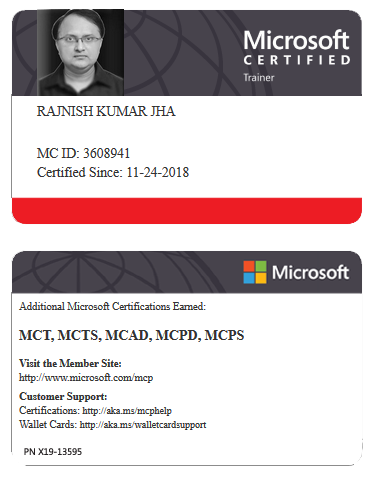

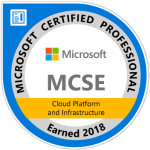


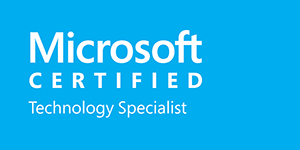
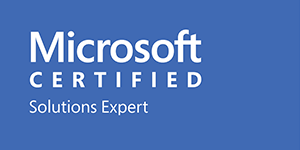
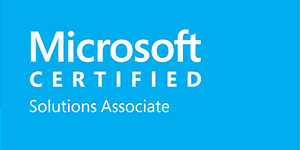
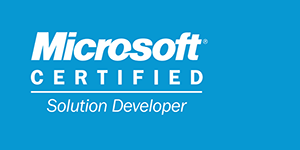

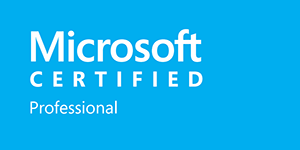

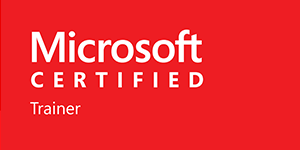





Leave a Reply